 |
Photomicrograph of olivine in plane light. Olivine typically displays pale green pleochroism and no distinct cleavage. Mag. 10x. |
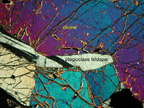 |
Photomicrograph of olivine under crossed polarized light. These crystals show 2nd order interference colors. This sample also shows some plagioclase feldspar with albite twinning. |
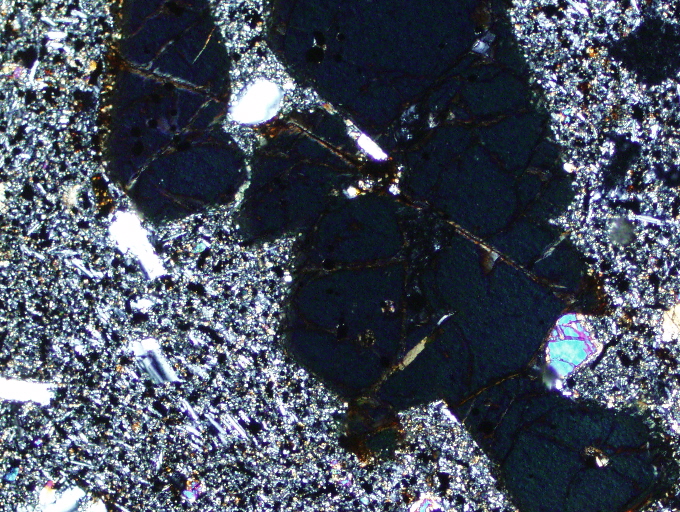 |
Photomicrograph of olivine in basalt in crossed polars with cleavage planes parallel to crosshairs of microscope, showing "extinct" view. Select the image and then move cursor over image to view the stage rotated 45 degrees, where the mineral shows maximum transmitted light. These two images demonstrate the extinction angle of olivine. |
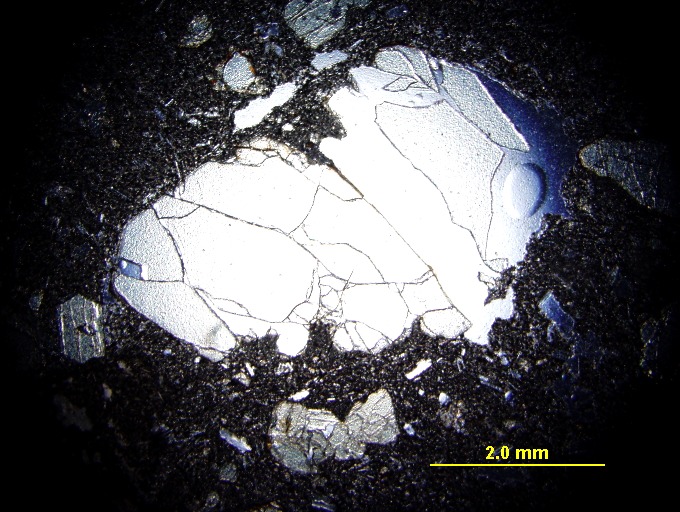 |
Photomicrograph of olivine in basalt (ED99-J) in plane light. Select image and then move cursor over image to view in crossed polarized light, where crystals show high bifringence. Magnification 1.5x. |
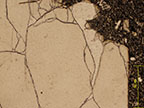 |
Photomicrograph of olivine under plane and under cross-polarized light with crystals showing second order interference colors. Note that olivine typically displays no distinct cleavage |
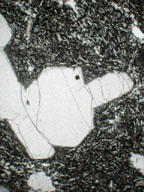 |
Photomicrograph of olivine phenocrysts, in a matrix of Hawaiian basalt, in plane light. Select image and then move cursor over image to view in crossed polarized light, where crystals show high birefringence. Magnification 5x. |
WWW Images |
Union College [under Igneous Minerals] |